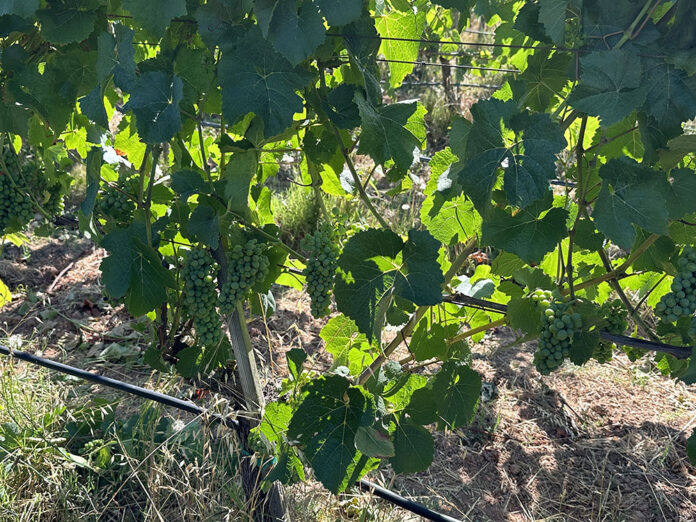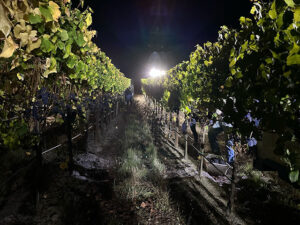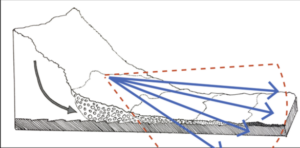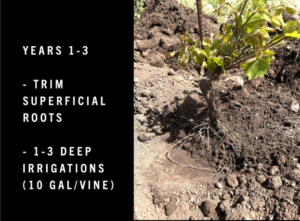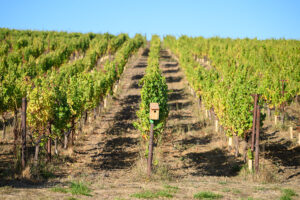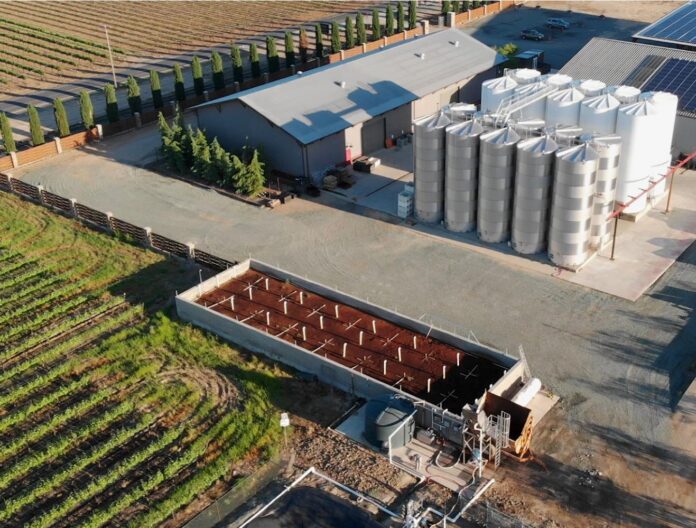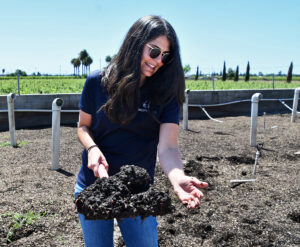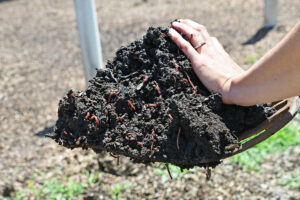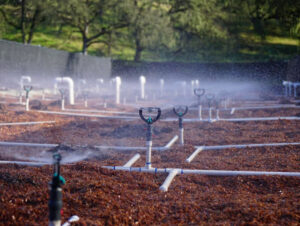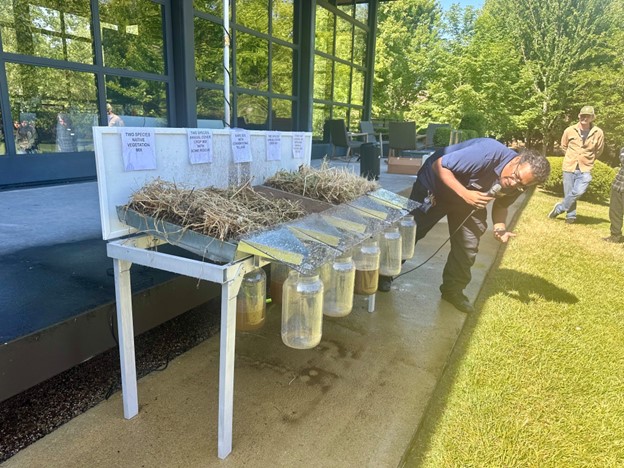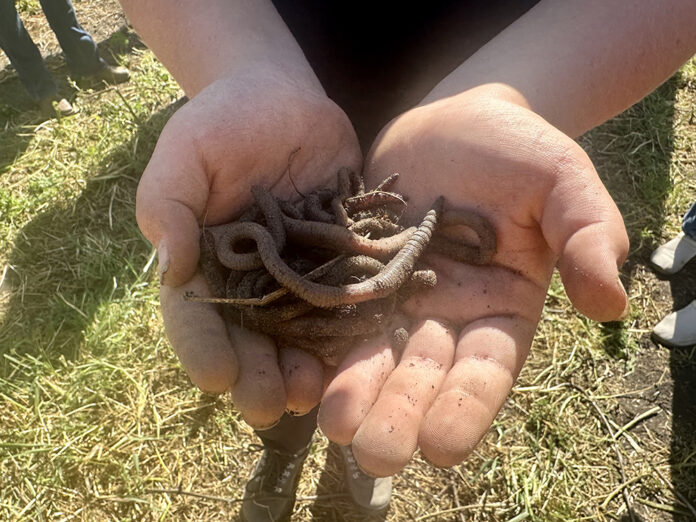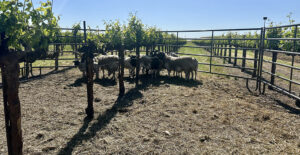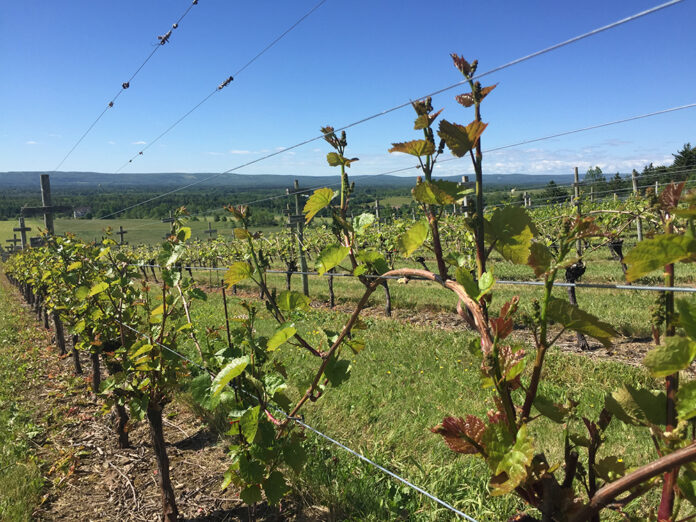The past 30 years have seen incredible developments in technology and communication. It has never been easier to create, share and implement innovative ideas thanks to the interconnectedness of people and industries across the globe.
Innovation is more than a buzzword; it’s a strategic principal companies use to exceed the status-quo. These businesses seek inspiration from various sources, including the latest research and technology, their own data and industry peers. Successful businesses are willing to adapt their practices to meet changing needs.
As consumer preferences and market demands evolve rapidly, businesses must follow suit to stay competitive. Failure to do so brings risk of obsolescence while others in the industry embrace new technology and strategies, allowing them to stay relevant and able to deliver on higher expectations. In fact, companies that actively promote a culture of innovation are 3.5 times more likely to outperform their peers (McKinsey 2022).
Companies that embrace evolution have greater potential to streamline operations and enhance customer experiences. Their willingness and ability to question if current practices are optimal are crucial for sustained growth and relevance.
Part of being a sustainably minded business means adapting to change. In the field and across their teams, Talley Vineyards in Arroyo Grande, Calif. thrives on adaptation and innovation.

Technology in Agronomy
As a component of Talley Vineyards’ less-is-more winemaking philosophy, they use native yeasts for fermentation. A healthy environment is crucial for yeasts to thrive, and Talley’s minimal-intervention approach in the vineyard ensures their wine can exemplify the unique attributes of the land and the season.
But each growing season brings different challenges. If tasks aren’t timed properly, extra labor and chemical inputs are needed to combat diseases and remedy damages. Brian Talley, CEO of Talley Vineyards, learned getting behind in the vineyard can necessitate additional movement and intervention that hinders the delicate dance of ecological activity on which the yeasts depend.
Some of these challenges arise during wet cool-spring years with lower temperatures and reduced solar intensity. Dense canopies shield berries from sufficient light penetration, compromising development and ripening. Furthermore, mildew pressure increases in these conditions, and a lack of adequate airflow puts leaves and berries at risk.
Vineyard stewards must time cultural practices appropriately to ensure light and air move through the vines before damage sets in. Talley Vineyards represents 129 acres, with a large portion of the vines planted on hills. For a vineyard crew of 17, it isn’t practical to rely solely on human hands to care for the vines during critical times like these.
A few years ago, Talley Vineyards invested in a leafing machine to increase efficiency in this weighty task. The machine covers many acres in a short amount of time and quickly removes excess foliage. While effective for some blocks, the attention of skilled hands is required for others.
Their tenured crew is familiar with each block’s unique characteristics. With the machine, they can tailor their methods to fit each block’s needs; some are only mechanized, others are strictly cared for by hand, and a portion receives both methods.
Because they understand each year is unique, Talley Vineyards adapted their growing practices. The leafing machine helps the crew maintain a healthy environment during the cool spring years that are conducive to both yeast preservation and disease mitigation.

Innovation in Communication
The service industry is no stranger to digital data management. Reservations, sales and customer interactions are common metrics to keep on record for planning and development. But in recent years, the sophistication of technology has boomed, and so has the potential of the data collected.
Oftentimes, this data sits in an archive. It’s an untapped resource for insights into customer preferences and behaviors. With investigation, analysis and collaboration, businesses can use this data to better understand and better serve their loyal fan base.
While Talley started his career as a grower, his responsibilities have shifted over the years. Today, he focuses his time in the space of Direct-to-Consumer sales and engagement. In 2019, he realized he hadn’t fully explored his bank of data as a resource to inform marketing decisions. He decided to seek help from an experienced professional.
After he enlisted a marketing director who pointed out ways to optimize their marketing communications based on trends in their data, Talley was inspired to devote more resources to build out their digital data operation. Now, Talley Vineyards utilizes a third-party program that puts key metrics into daily dashboards for the team to review. His team compares metrics to previous years and brainstorms ways to adapt their processes.
“Data management and analysis is more important than ever,” Talley said. “In the last few years, it’s been a key thing we focus on.”
Eric Johnson, director of viticulture and winemaking operations, appreciates how their marketing has evolved to fit the needs and preferences of their customers. He emphasized the importance of tailoring content to be compatible with people who show interest.
“It would be pointless to market to my grandma; she doesn’t drink, and doesn’t care about wine… If you take a mass approach to marketing, you’re going to miss,” he said.
To put informed marketing efforts into practice, Johnson recommended companies first dive into their data and see what patterns emerge. Then, ask, “Where does it make more sense to target?” Next, tailor content to communicate the preferences desired by each target audience. And finally, let it run and analyze the new data to see if effectiveness has changed.
When companies understand their audience, they are in a better position to address issues and retain valued customers. Through their data-driven insights, Talley Vineyards constantly receives feedback from their efforts and responds with informed content crafting.

Inspiration from Collaboration
Face-to-face experiences with other members of the industry offer professionals valuable opportunities to share ideas, brainstorm creative solutions and develop novel practices.
Members of Talley Vineyards’ Direct-to-Consumer team and staff leads go on tasting room field trips. While also being team-building activities, the trips inspire the group to learn from other successful brands and bring home ideas for innovation.
“Two examples of takeaways from previous trips are the prominent soils display in the main tasting room, which was inspired by a visit to a prominent Napa Valley winery in the early 2000s, as well as a complimentary splash of wine for every visitor [of age] the moment they set foot onto our property,” said Talley. “The soils display reinforces our core commitment to our sense of place, while the splash of wine sets the tone for friendly and welcoming hospitality.”
Field trips aren’t limited to this group. Before harvest sets in, Talley’s cellar crew likes to visit winemakers in other regions to sample each other’s creations and share insights. One of these collaborative experiences helped Talley Vineyards perfect their press-off intervals.
After returning from a winemaker’s field trip, Johnson and his team were inspired to experiment with varying press-off intervals for their red wines. They ran batches with varying intervals from 10 days up to 45 days. Their trials revealed 30 days led to the best result. Since then, they have transitioned their Syrah and Grenache vinification to that sweet spot.
Research from Harvard Business School found that “companies that are more central [in their relevant communities] have a bigger impact; the innovation they produce is more successful in the marketplace,” (Harvard Business School 2023). Teams who network with industry peers can stay ahead of trends and preferences, learn new strategies to optimize performance and bring back exciting new ideas to experiment with.
Dedication to Innovation
Talley Vineyards remains a top brand in the industry not only for their award-winning wines but because they constantly work toward efficiency and relevance. Their techniques enable them to stay aware of important industry developments and sustain their success.
While wine operations can benefit immensely from change and development, the same can’t be said for native wildlife that inhabit the vineyard. In the next Sustainable Story, learn about an estate winery in Santa Margarita, Calif. that invests in the wellbeing of their furry and feathered friends and offers human guests the opportunity to explore their rugged terrain.















